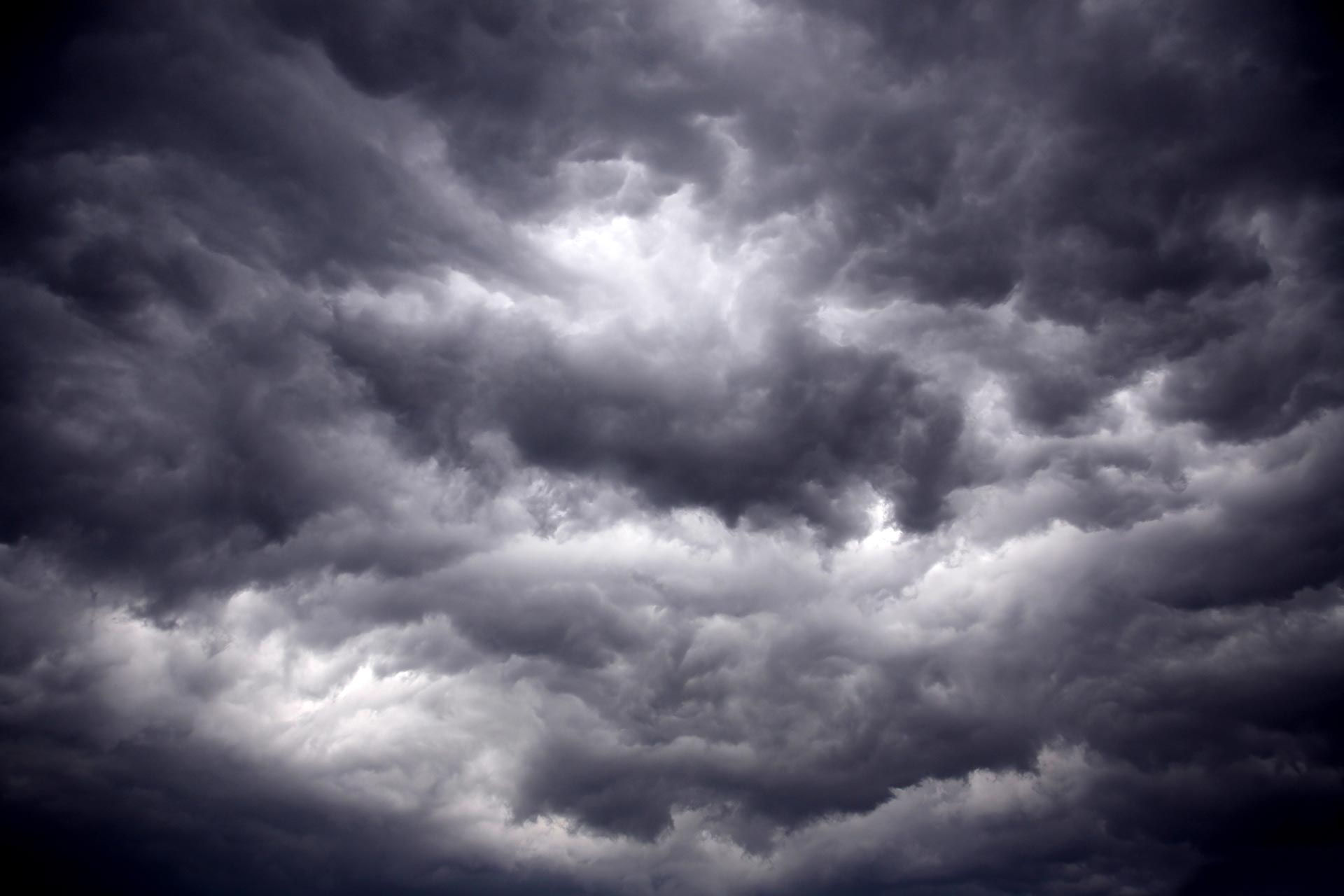NOTHING LIKE A BOMB TO GET YOUR ATTENTION....
HUGE THANKS to those of you who have paid the voluntary subscription fee to keep TSwails going. Your exceptional generosity is deeply appreciated. My goal going forward is to work full-time on the site, build it, add new features, and BE MY OWN BOSS! If you can, please consider a voluntary subscription to TSwails of $12 dollars a year ($1 dollar per month). The future of the site is dependent on your contributions. We hope you see the value and hard work that exists in the daily content. There are new features currently in development that I think you will enjoy. Thank you so much for your consideration and help. To subscribe click on the secure green box below.
THURSDAY'S FEATURE POST
You would never know it around the Midwest but a wicked storm known as a bomb pounded the Northeast Tuesday night and Wednesday. Essentially a "bomb" is a mid-level cyclone (low pressure) that strengthens really fast. To earn the title, the pressure generally must drop 24 millibars (a unit that measures pressure) within 24 hours. The word "bomb" is used to describe the explosive power these storms derive from rapid pressure drops.
The storm over the Northeast far exceeded the meteorological standards: Its pressure dropped 24 millibars in just 14 hours -- and plummeted 35 millibars over 24 hours.The system broke low-pressure records for October in Boston; Providence, Rhode Island; Hartford, Connecticut; and Portland. The pressures recorded would be typical of a category 2 hurricane.
Here in the heartland, the lowest pressure ever measured was in a 2010 mega storm that occurred October 26th, 2010. It produced a rock bottom barometric reading of 28.20" (954.9 mb) at Big Fork, Minnesota. That annihilated the previous Minnesota state record of 28.43" set at Albert Lee and Austin November 10, 1998.
You can see the tight pressure gradient of the 2010 bomb that is typical of such systems, in essence they are giant wind storms. The lower the pressure, the stronger the winds.

This satellite image shows the 2010 storm as it spins over the upper Midwest. Snow was falling in North Dakota with strong to severe thunderstorms arching ahead of the cold front in the Ohio Valley.

Below you can see the path of a damaging squall line that rolled east out of Missouri and into Ohio. Peak gusts are also shown which for many parts of the Midwest that were in the range of 55 to 70 mph.

This storm was significantly stronger than the one that sunk the Edmund Fitzgerald in November of 1975 killing all 29 crew members. In the 2010 case waves on Lake Superior were as high as 30 feet but improved data and communications gave mariners ample warning. As you can see it was needed!

On the topic of winds, we're going to see a significant increase in them over the next 24-48 hours. These are the surface pressure anomalies Friday morning. Those isobars a packed pretty good indicating gusty conditions.

There's a good chance some of the gusts Friday could reach 35 to 40 mph. The GFS shows these max gusts.

Fortunately the winds will be out of the south so at least temperatures will remain mild through the weekend. With those strong gusts Friday highs should have no trouble reaching the 60s.

Saturday may see a little temperature set-back in my immediate area as a band of rain and a weak front advances east during the day. The rain should end from west to east during the afternoon but lingering clouds could hold highs to the upper 50s and low 60s. The speed of the rain will determine the outcome. You can clearly see where the GFS thinks the rain cooled air will be with a sliver of 50s surrounding the Mississippi.

Here's the total rain that's expected to fall through Saturday by way of the GFS.

It now looks like the daytime hours Sunday should stay dry around my area as the next disturbance is running a few hours slower. That should give us a good shot at 60s again on Sunday.

Sunday night a much stronger wave of energy will bring a chance of showers and a few storms and then we lower the boom on temperatures for much of the next 2 weeks. Here's the 5 day departures October 22-27th.

And now October 27th-November 1st.

On a positive note, after the rain departs Sunday night the overall pattern will have limited moisture going forward and I don't see much for significant precipitation with a dominant NW flow. Here's the GEFS 10 day precip. departures for the period October 22 to November 2nd.

The drier look should be good news for farmers who are itching to get those pickers into the fields.Here's to the men and women of the Midwest who sow it, grow it, and put meat on the table. Hope it's a good harvest! Roll weather...TS










